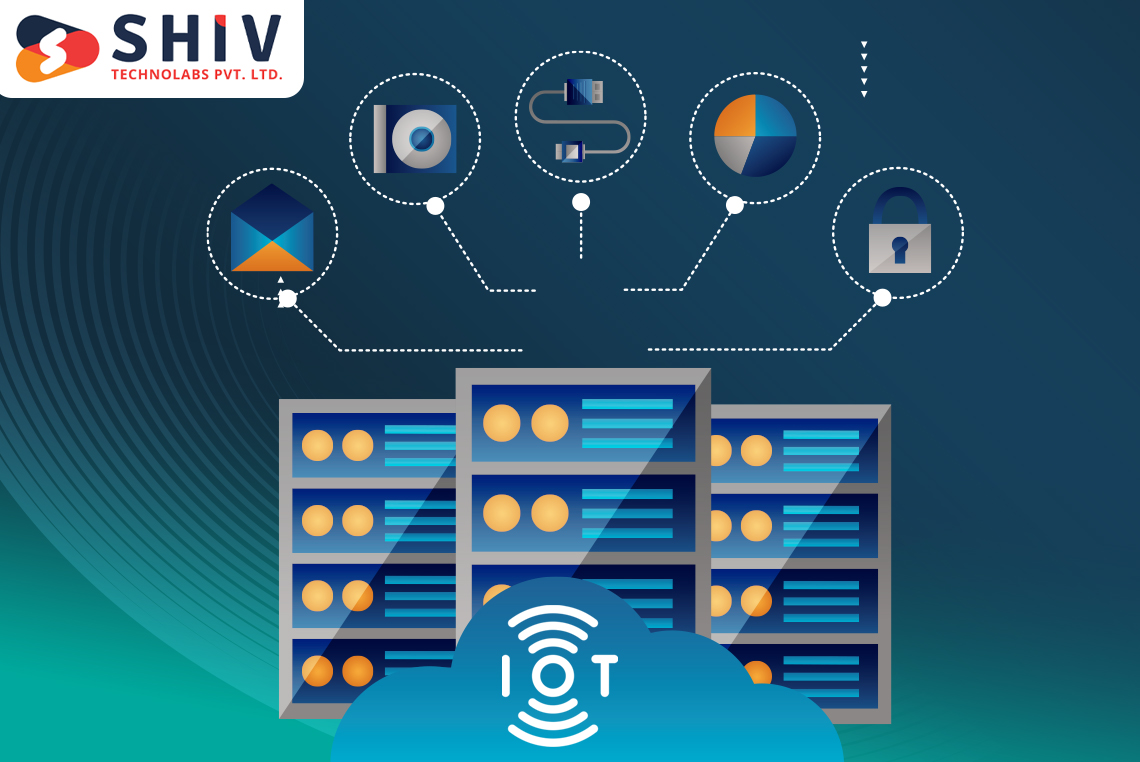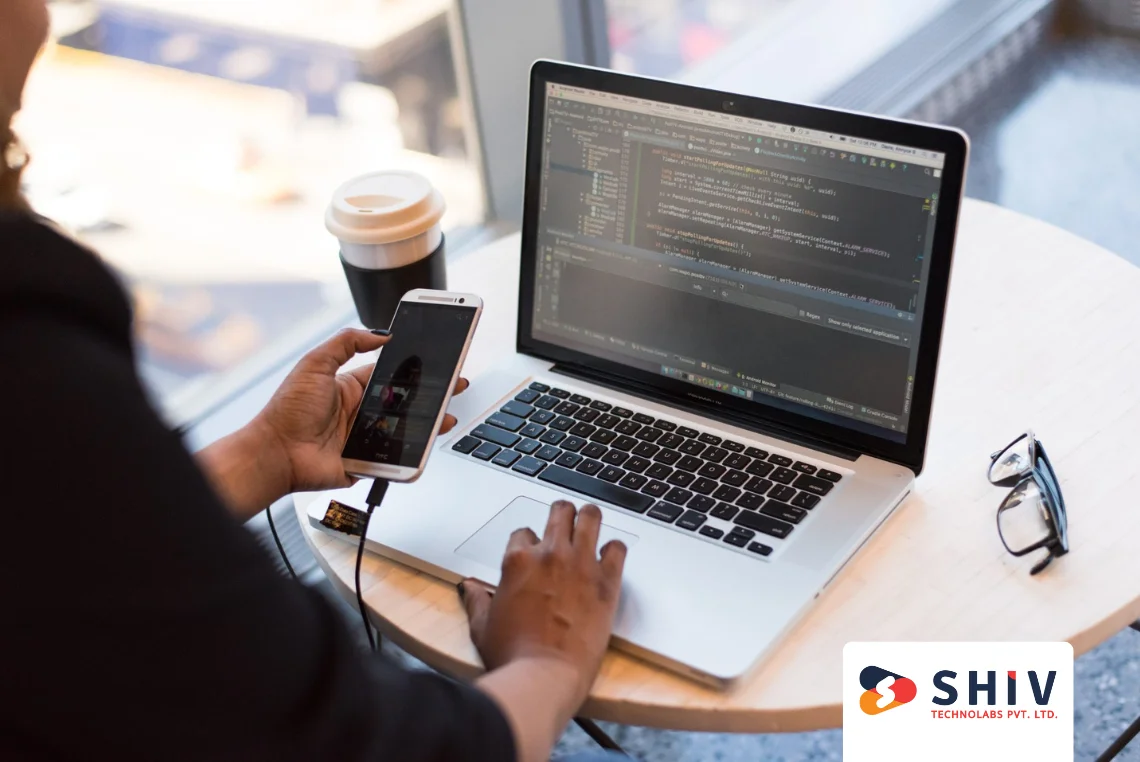Table of Contents
The Internet of Things (IoT) era is characterized by the importance of data as a resource to enable business development and growth. However, for businesses to maximize the potential of IoT data, correct database architecture is required.
With many choices, picking an appropriate IoT database architecture becomes complicated. Hence, technologists can simplify this by examining diverse kinds of IoT database architectures, such as static versus streaming and SQL versus NoSQL, to find one that best fits their project.
This post will discuss how to revolutionize IoT applications with the right DBAs. Let us begin!
Ultimate Guide to Choose an IoT Database
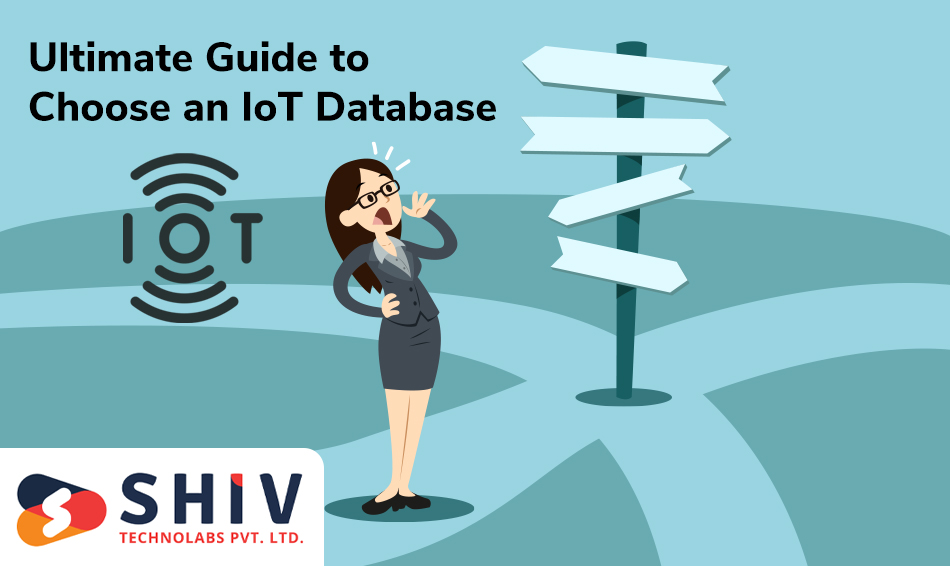
When creating an IoT arrangement, you understand the importance of a trustworthy database. But what exactly should one look for in a database that can cope with IoT’s peculiarities?
We have provided an all-round guide to selecting an IoT database.
Requirements for Edge Servers:
Consider this: your Internet of Things (IoT) setup has many sensors sending data to an edge server. Then, one sensor’s information took twenty seconds more than expected before reaching the edge, which led to a pile-up of data on that sensor. This means that the edge servers require very fast write operations so they do not lose anything. The best thing is to find a database with a high ingestion rate that can also handle burst workloads in real-time. Nonetheless, it is not just about writing per se. In addition to fast writing, Edge servers also need quick reading and analytic tools to make real-time decisions.
Requirements for Cloud Data Centers:
Once your data reaches the cloud, you need a database to perform analysis and computations. Ensure the database contains built-in analysis commands to avoid overheads of managing multiple tools. This also involves downsampling and retention policy for fast querying of historical data, where downsampling retains high-precision data for a short time and low-precision data for longer for tracking trends and seasonality. A retention policy ensures that data can be deleted automatically after some period, freeing up space for new information. Finally, you will need a visualization engine to display the state of your IoT system and the ability to publish and subscribe.
Make sure to let an insufficient database make your IoT setup succeed. Choose one that covers all IoT peculiarities, from edge servers to cloud data centers that can provide real-time computing power.
4 Steps to Select the Perfect Database Platform for Your IoT Solutions
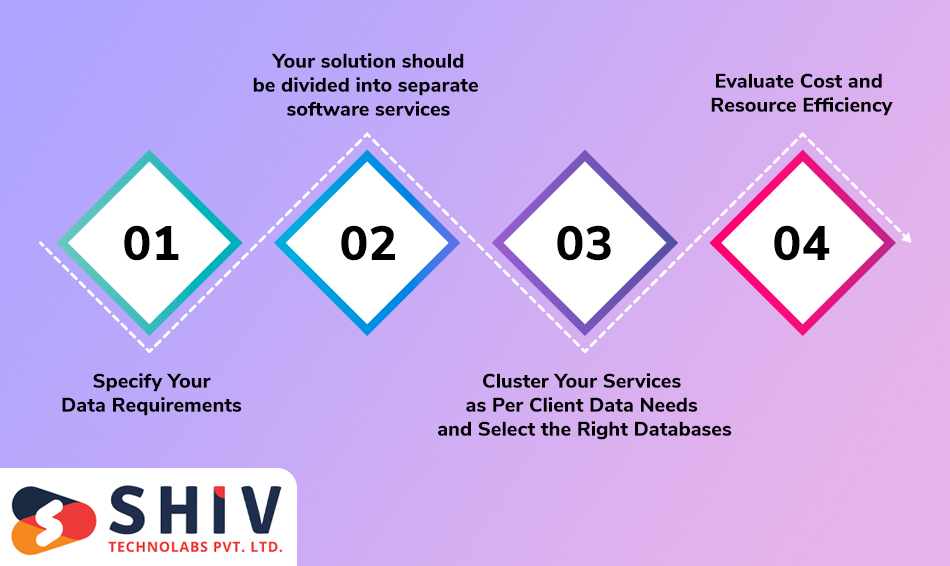
The IoT sector is expanding quickly, making it difficult to choose which database platform(s). Traditional cloud-based approaches are no longer sufficient since IoT solutions are distributed over large geographical areas. The need for fog computing on the edge combined with cloud computing has resulted in the demand for flexible database platforms that can process data at the edge and synchronize with the cloud.
But that’s not all! Depending on your specific use cases in IoT, your desired capabilities can range from real-time data streaming to near-zero latency read operations and anything else.
Below are the 4 important steps for selecting an ideal database platform for your IoT solutions. Prepare yourself by decoding this message and unlocking all that your IoT systems have to offer!
1) Specify Your Data Requirements
Internet of Things solutions are based on acquiring and manipulating data from interconnected devices. The most important thing to remember before setting out on the construction of the solution is ascertaining the data requirements you need.
Think about −
- What tasks in decision-making and data processing are entrusted to edge servers?
- Can we say that the cloud solution is located in one place or not? It’s everywhere.
- How much data passes between devices, edge servers, and central servers? How much is expected at peak volume?
- Does IoT App Solution control actuators/devices & do they require real-time responses?
- What business insights can be gleaned from past data?
2) Your solution should be divided into separate software services
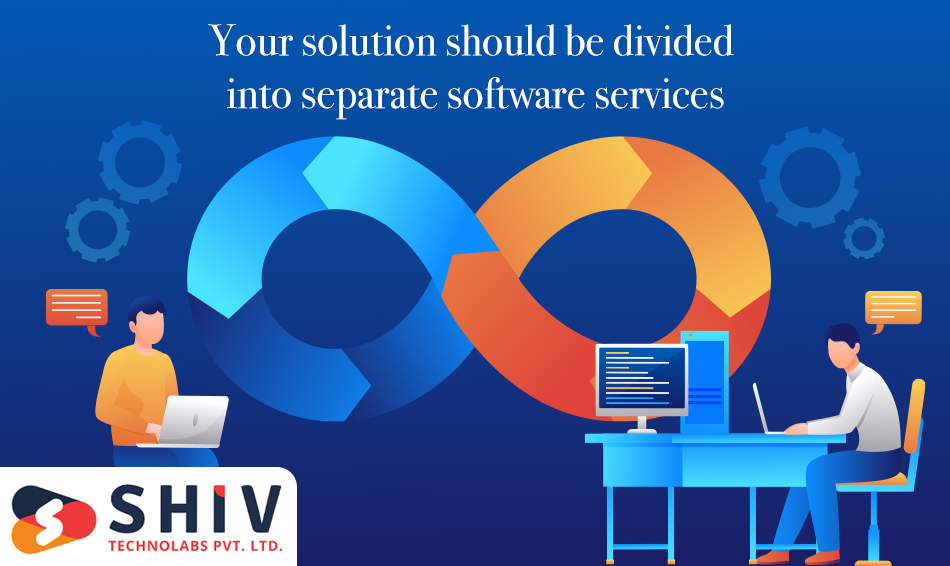
Considering your data requirements, you should break down the solution into independent software services. Such an approach will enable designing software components that carry out particular tasks.
Here are some examples −
- Data Ingest− Collect logs and messages from devices and store them
- Edge Analytics − Make real-time decisions at edge level
- Device Manager − Communicate with devices by sending messages
- System-wide Analytics – Retrieve information from edge servers and conduct analytics operations on it
- Business Intelligence – Generating reports, asking questions, and making assumptions about past events.
- IoT Data Stream Outlet − Normalizing data to a common format for subscribing consumers
3) Cluster Your Services as Per Client Data Needs and Select the Right Databases
Next, cluster your IoT App Development Services based on their data adequacy and select the most applicable databases. Hot databases are deployed close to the IoT devices to minimize network latency, while cold databases store historical data.
Here are some things to consider −
- Hot Database − In-memory databases make good hot databases. Flexibility with data formats, querying capabilities, messaging/queueing, tiered memory model, high availability/disaster recovery, geo-distribution, and binary safe features.
- Cold Database − Historically popular storage solutions on cheap commodity hardware as historical data may grow into multiple terabytes. It can also be helpful to index data in a search engine for pattern matching and data aggregation.
4) Evaluate Cost and Resource Efficiency
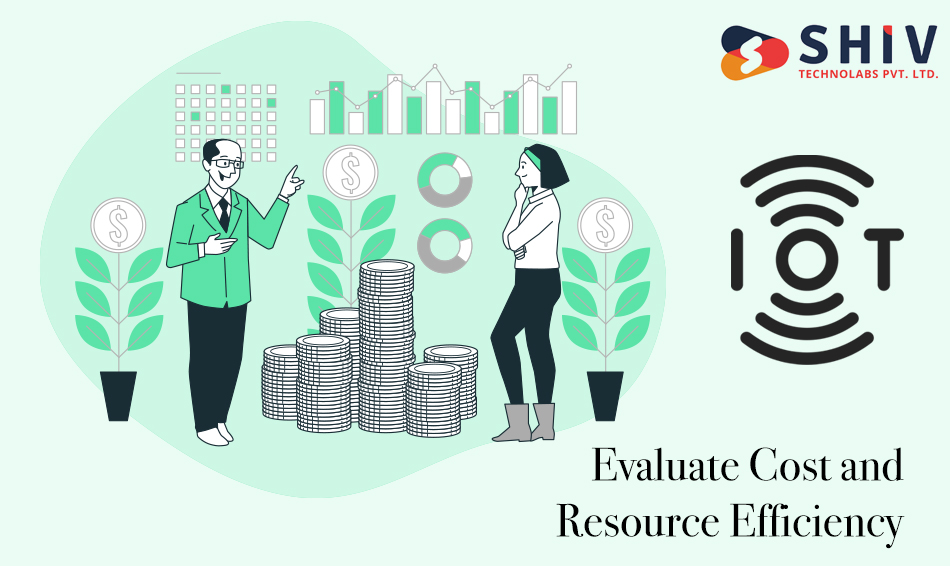
To classify the databases, hot or cold can be used to make a short list of choices. In most IoT use cases, one high-speed database can meet the needs of the hot database. Cold databases have several options, including relational databases and data lakes. The polyglot architecture shouldn’t include diverse databases, which will only result in redundant operations.
Following these 4 steps, you can build an effective IoT solution designed to handle the massive amounts of information that connected devices generate.
Conclusion
In the IoT era, information is the boss, but simply when it is managed through apt database design. However, selecting a perfect architecture or IoT App Development Company can completely change your IoT database. From edge servers to cloud data centers, databases must be capable of transforming, analyzing, and visualizing data in real-time from all these platforms.
With hot and cold databases, Internet of Things solutions can separate them into separate software services grouped according to customer needs. In a world where flexibility, cost-effectiveness & resourcefulness are paramount, an efficient IoT solution depends on the right database platform.
Frequently Asked Questions
# What is IoT database architecture?
IoT database design refers to structures that can accommodate data with different needs and features from the Internet of Things in the organization. This involves how IoT data is kept, worked upon, controlled, and reached by users within distributed computational surroundings.
# What are the main ingredients of an IoT database architecture?
The fundamental constituents in such architectures are input components such as data injection tools; storage elements including NoSQL DataBases or Time series-based databases; processing units, for instance, streaming processing software frameworks, among others; and an Analytics toolset, e.g., Security systems, and Integration interfaces to link IoT devices and applications.
# What are the different types of databases used in IoT architecture?
IoT architectures usually use various database types, including relational databases, NoSQL databases (like document-oriented, key-value, columnar, or graph databases), times series databases optimized for time-series data created by IoT sensors, and hybrid databases that combine different data models for diverse IoT data types.

